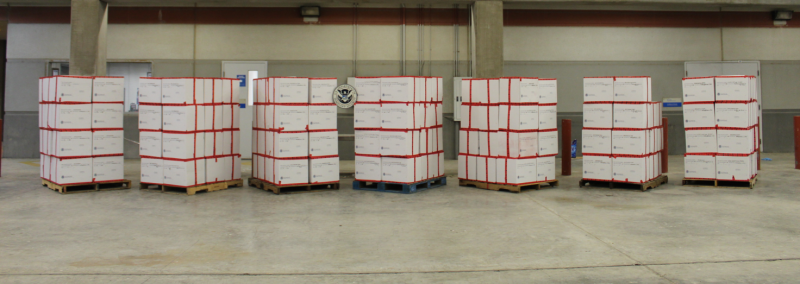Alexander is in his mid-forties and works in the media industry. He lives in Berlin's central district — and he is a cocaine user. In the past, this meant he took the drug about twice a week. But since the
COVID lockdown began, he has been sniffing it more often, Alexander tells DW. "Four times a week, for sure."
Almost every night several friends come over and visit him — something that is forbidden by Berlin's lockdown rules. "But
people are just bored as hell," he says. "And what do people take when they're bored? Something that provides amusement."
Partying at home
Before the pandemic, Alexander and his friends met in bars, where they'd secretly take cocaine now and then.
"If you're a group of eight people, it's not like you're all running to the bathroom at the same time," he says. "But when you're at home, you put the stuff on the table, make eight lines and everybody gets some at the same time. It's faster this way, and everybody takes more."
There are still no official numbers on how drug use has changed during the coronavirus pandemic. Movement restrictions, closed borders and deserted airports should have complicated the work of criminal gangs, as it has for legal enterprise. Experts consequently initially expected the illegal drug trade to plummet, leading to a decline in consumption.
Yet supply is no problem at all, says Alexander. With just one phone call, a "cocaine taxi" will stop at his house 20 to 30 minutes later. "You don't have to wait any longer than forty-five minutes." It's just like a food delivery service. Prices have also remained stable, he says, while the purity of the substance has increased.
A record find
Rene Matschke can confirm that. His job is to make sure the "cocaine taxis" Alexander calls in Berlin run into supply problems sooner or later. Matschke is head of the customs investigation office in Hamburg, Germany's largest port city. "The main entry gates for cocaine are always the big ports," Matschke tells DW.
More than 23.000 shipping containers arrive at the Hamburg port every day. Matschke's staff picks out particularly suspicious ones: containers that have come from South America, traveled a specific route, been handled by shady companies. The Hamburg customs officers then screen these containers in their gym-sized X-ray facility.
Sometimes they find cocaine packed in sports bags; sometimes it's hidden between bags of rice or animal feed. "The quantities we are seizing nowadays have never been seen before," Matschke says. "We reached ten tons in the last two years. Before that, we would seize three or five tons nationwide per year."
Last week, Matschke presented his
biggest find to date: 16,000 kilograms (35,270 pounds) of cocaine. It had been hidden in tin cans that should have contained putty. Never before has so much cocaine been seized in one haul in Europe.
Europe is good for business
According to Jeremy McDermott, director of the organization InSight Crime, Europe is currently the most attractive market for cocaine traffickers. In an interview with DW, he talks of a "
cocaine pipeline to Europe."
"The prices are much higher, and the risks are so much lower than in the Americas," McDermott says. He and his team in Medellín, Colombia, analyze
organized crime in South America.
"The United States spends billions of dollars every year fighting the drug war [war on drugs: Eds.]. They have deployed a veritable army dedicated to counternarcotics," he says. This makes focusing on Europe "simply a good business decision." McDermott believes the European cocaine market will continue to grow, especially in Eastern Europe.
Cocaine production in countries such as Colombia, Bolivia and Peru remains high. Several routes to Europe have been established from those places, McDermott says.
"Let's take one of the most popular routes, which is from Colombia to a port in Brazil. There, the cocaine has to be put onto a container going to Europe. That will involve a different criminal structure, one that has likely corrupted port officials and custom officials."
Upon reaching Europe, the containers are received by another crew and taken to an intermediate storage facility, McDermott says. The ports of Rotterdam and Antwerp are major reception points, he adds. "So it is often Dutch organized crime that will get the cocaine off the docks and move it to a safe house where the load is broken down. It has many owners and different destinations."
Prepare for violence
That's how the drugs find their way to smaller dealers and customers like Alexander in Berlin. A total of twelve million Europeans have used cocaine at some point, estimates the EMCDDA, the European Monitoring Centre for Drugs and Drug Addiction, located in Lisbon, Portugal.
Laurent Laniel of the EMCDDA says that cocaine has been on the rise in Europe for several years now. He expects the boom to cause severe repercussions. "We should prepare for more corruption and more violence in Europe," he tells DW.
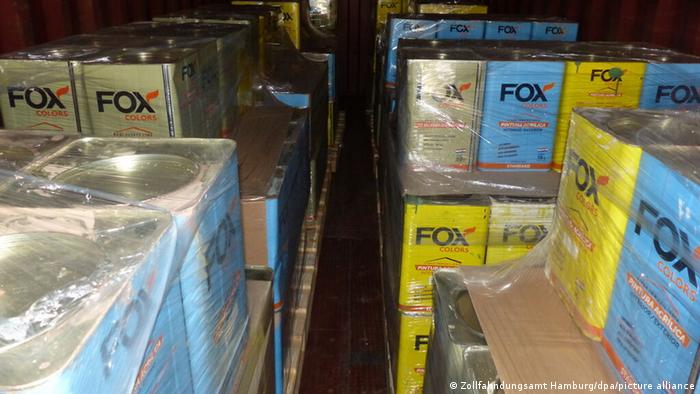
Hamburg customs officers found 16 tons of cocaine hidden in these tin cans
Given the cocaine quantities that have been discovered, Laniel says that one must already assume that drug gangs are bribing employees in ports and airports, at the least. "There are also increasing indications of corruption in law enforcement and criminal justice actors in Europe," he says, adding that he believes some individuals in administration and politics in Europe could already be profiting from the cocaine trade.
The more cocaine flows into Europe, the more money is at stake, Laniel says, and this increases the willingness of gangs to use violence. He cites the discovery in the Netherlands of shipping containers converted into torture chambers as an example of how brutally organized crime now operates in Europe.
Matschke says there have been shootings in Hamburg's drug-trafficking scene and that more powerful firearms are being found during searches. Customs and police officers are also being threatened, he adds.
'A slaughtered pig'
How should the state respond? With a war on drugs like the one the US is waging? McDermott of InSight Crime does not think that is the right way: "You need a holistic approach, not just repression, interdictions and arrests."
To do that, he says, Germany needs to work together with its European partners, the US and countries in Latin America. "You have to strengthen civil society, offering cocoa farmers a dignified and legal alternative. If you're trying to contain the drug trade just by searching containers in Hamburg, then your chances of making a serious dent to the drug trade are very difficult [slim]."
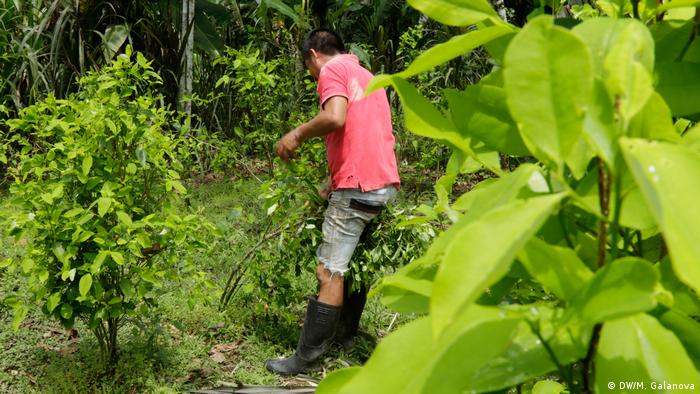
A coca farmer in Putumayo, one of the main coca-growing regions in Colombia
Cocaine user Alexander in Berlin sees himself as the last link in a long chain. Not much would change if he stopped using cocaine, he says. "Once the stuff is here, it's like a slaughtered pig. If I don't eat it, it's still dead."
But what about his health? Regular cocaine use can damage blood vessels and internal organs, cause psychological dependence and trigger mental illness, doctors warn. "Because it's cut, what you're putting into your body is of course sometimes questionable," Alexander says. He has resolved to try and do one thing when the lockdown ends, however: cut back on his consumption.
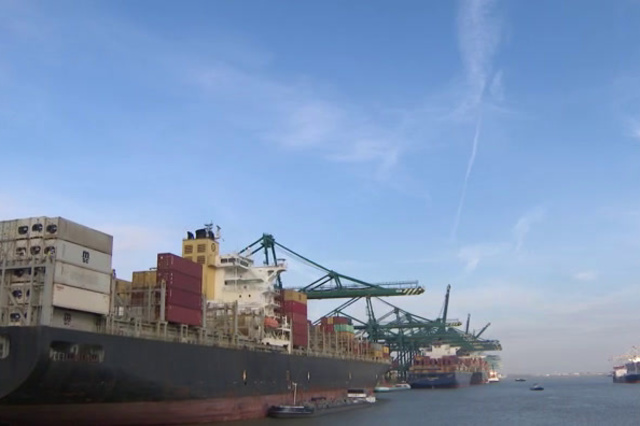
 kanaalz.knack.be
Drug trafficking through Antwerp at full speed (Video In het Nederlands).
kanaalz.knack.be
Drug trafficking through Antwerp at full speed (Video In het Nederlands).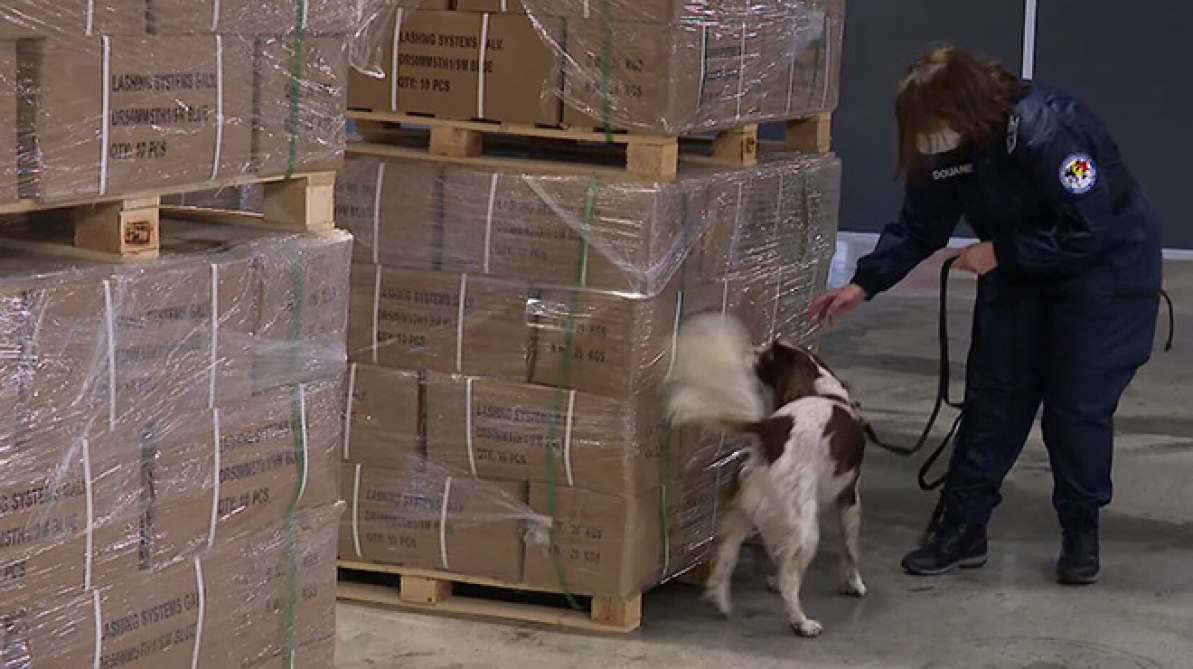
 www.rtl.be
www.rtl.be





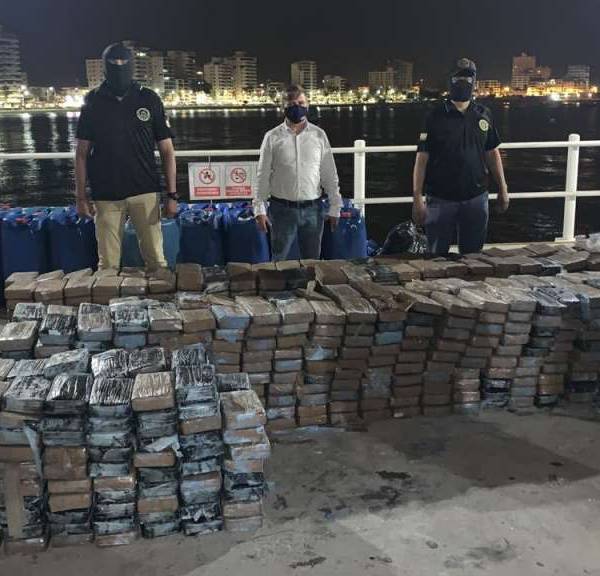

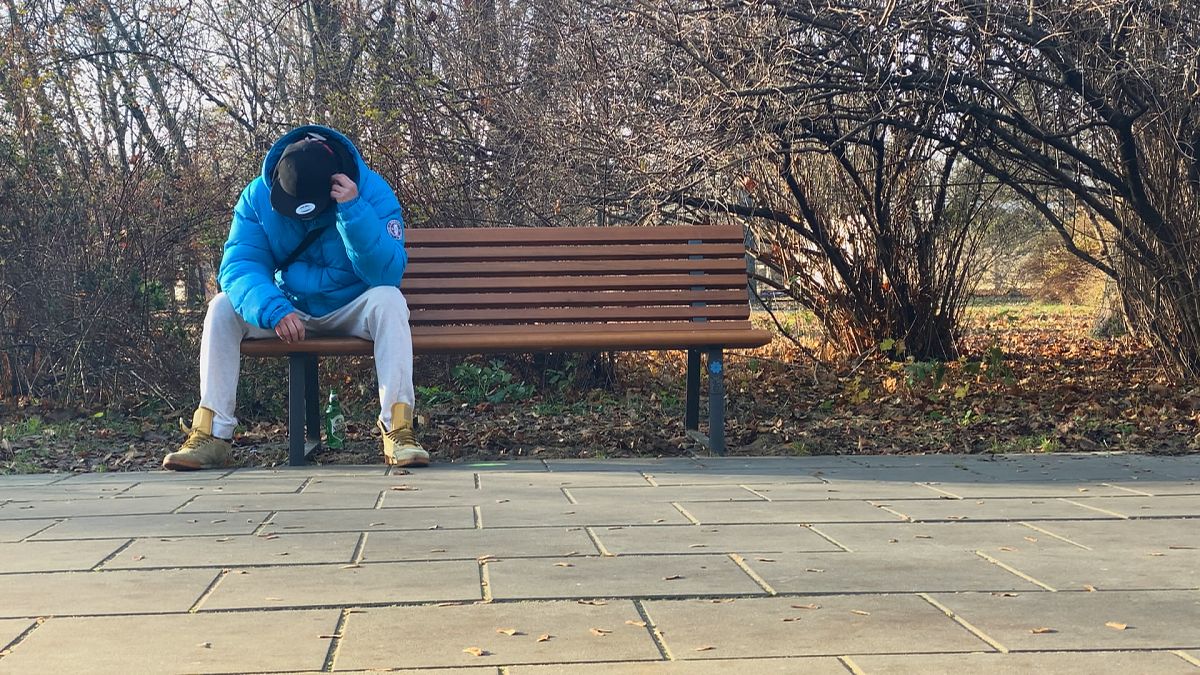
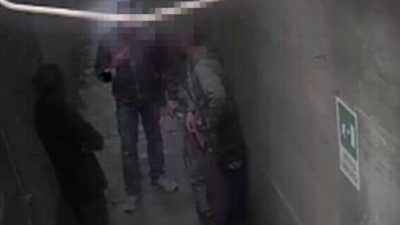
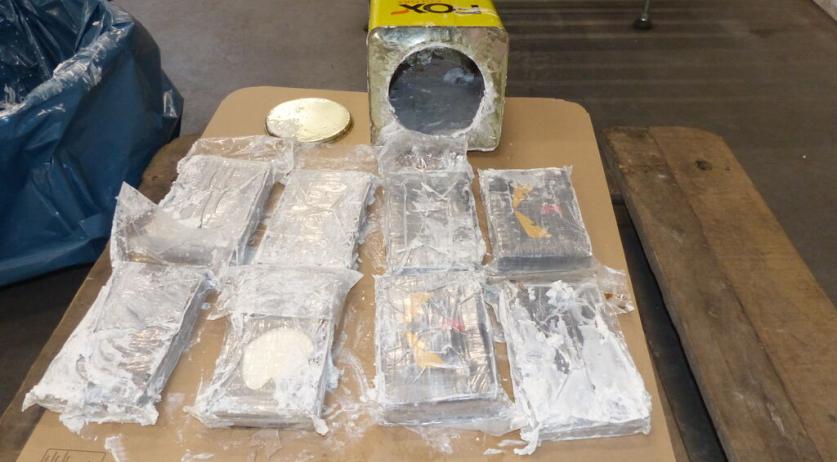
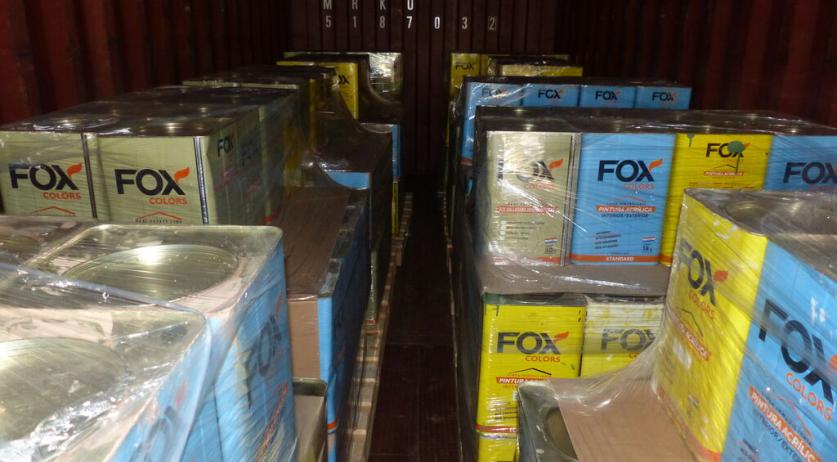
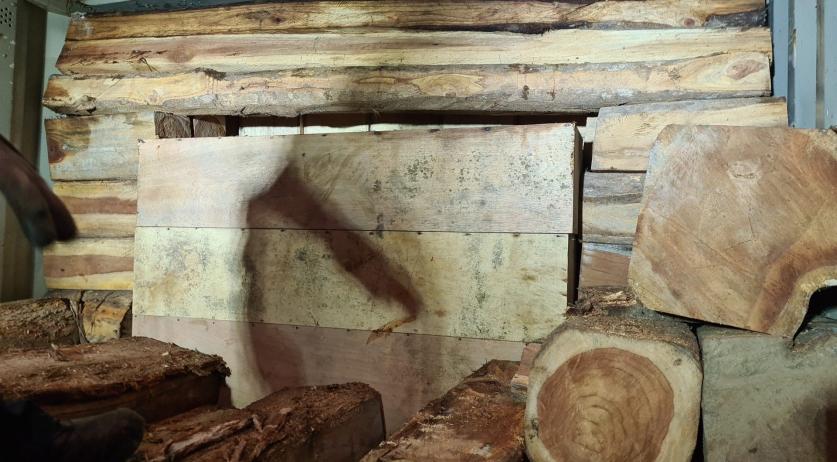
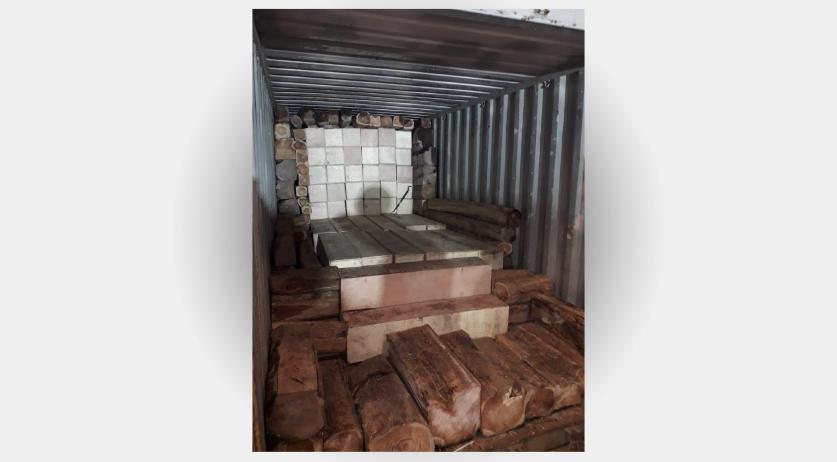
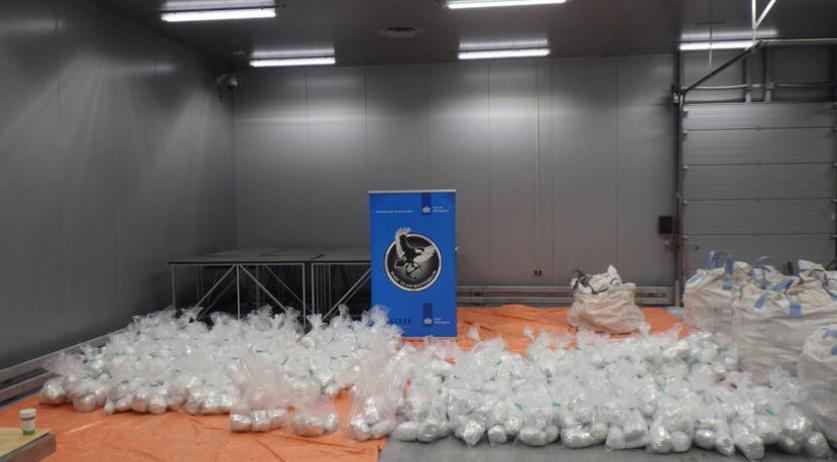
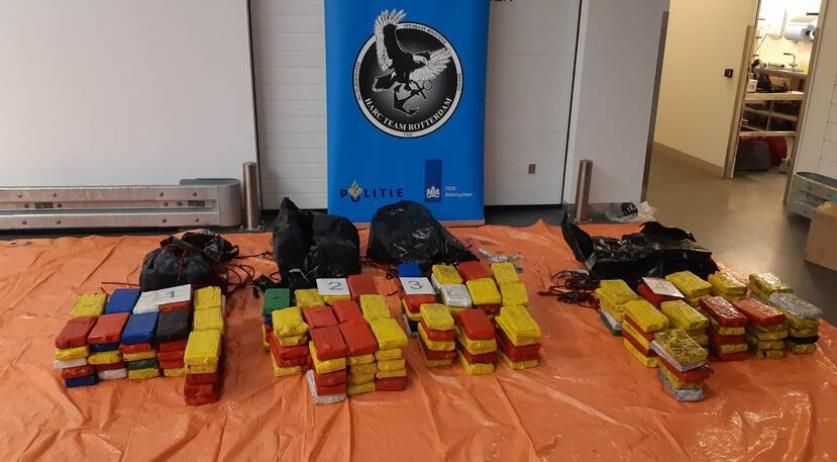
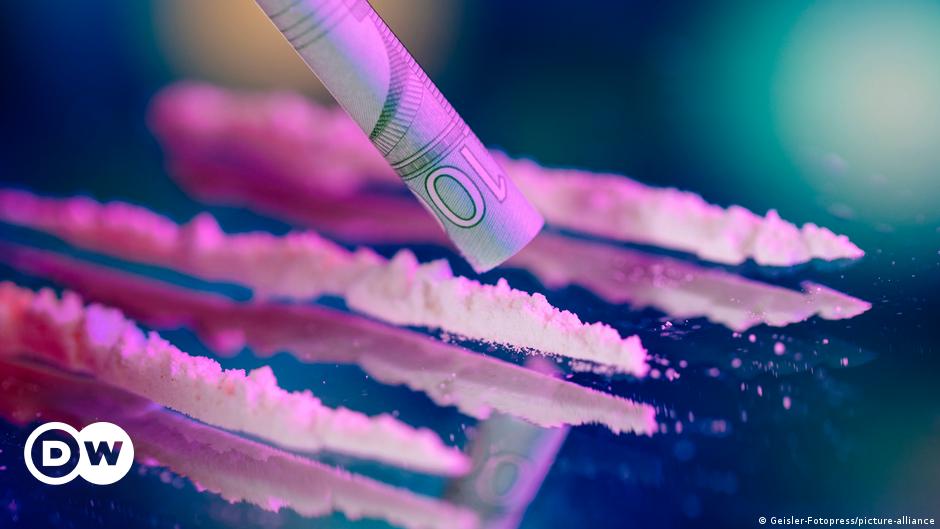
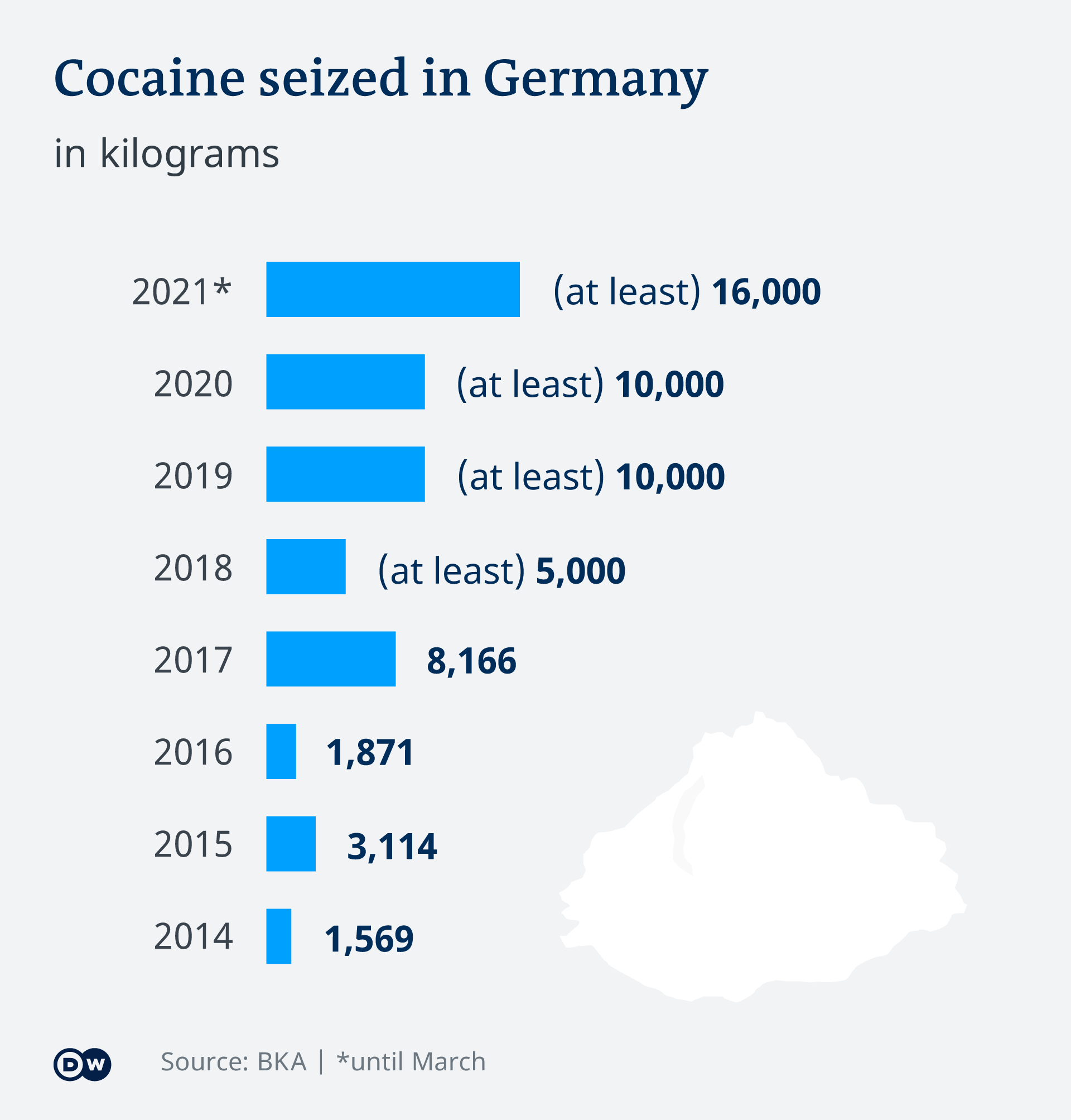
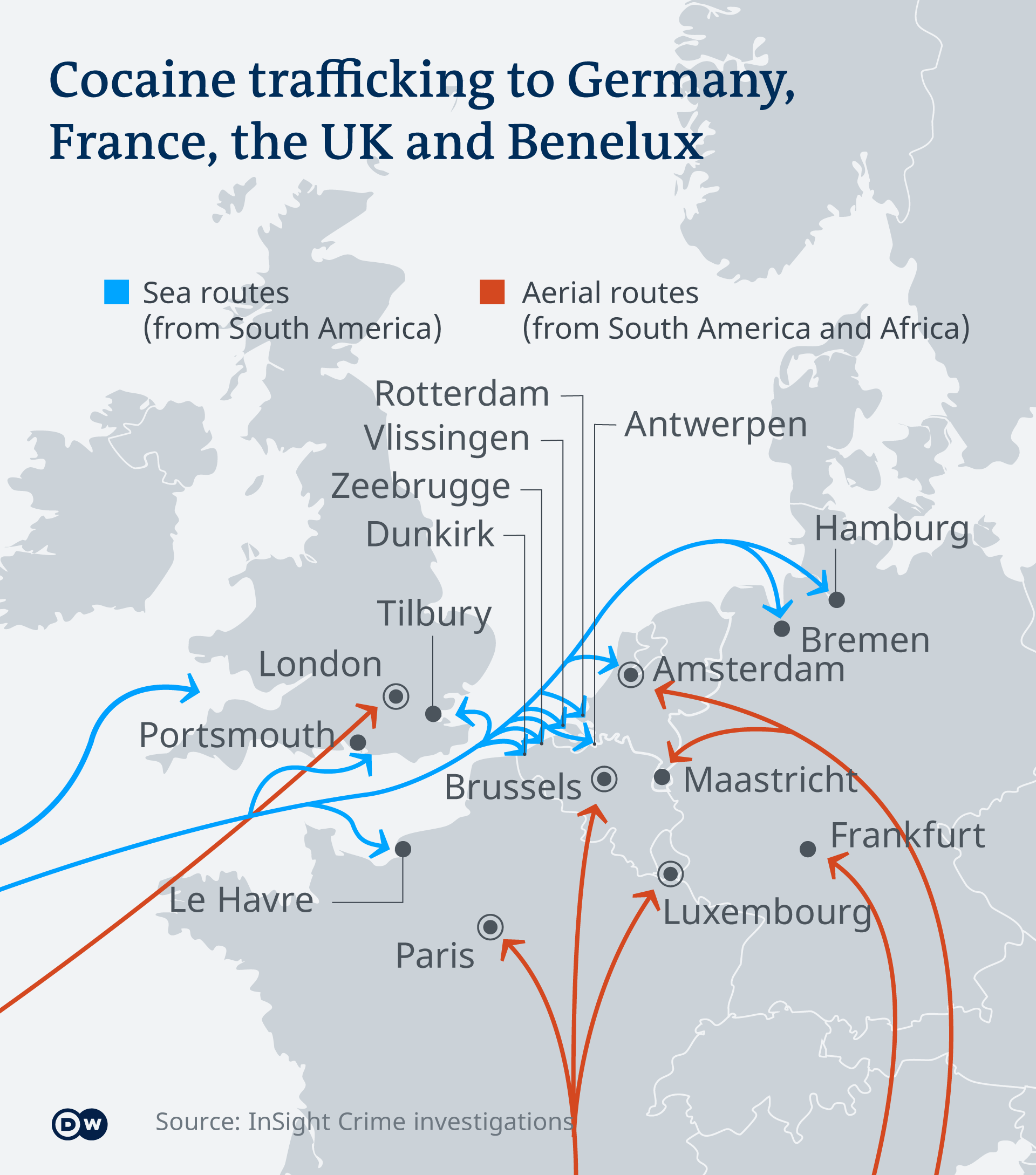


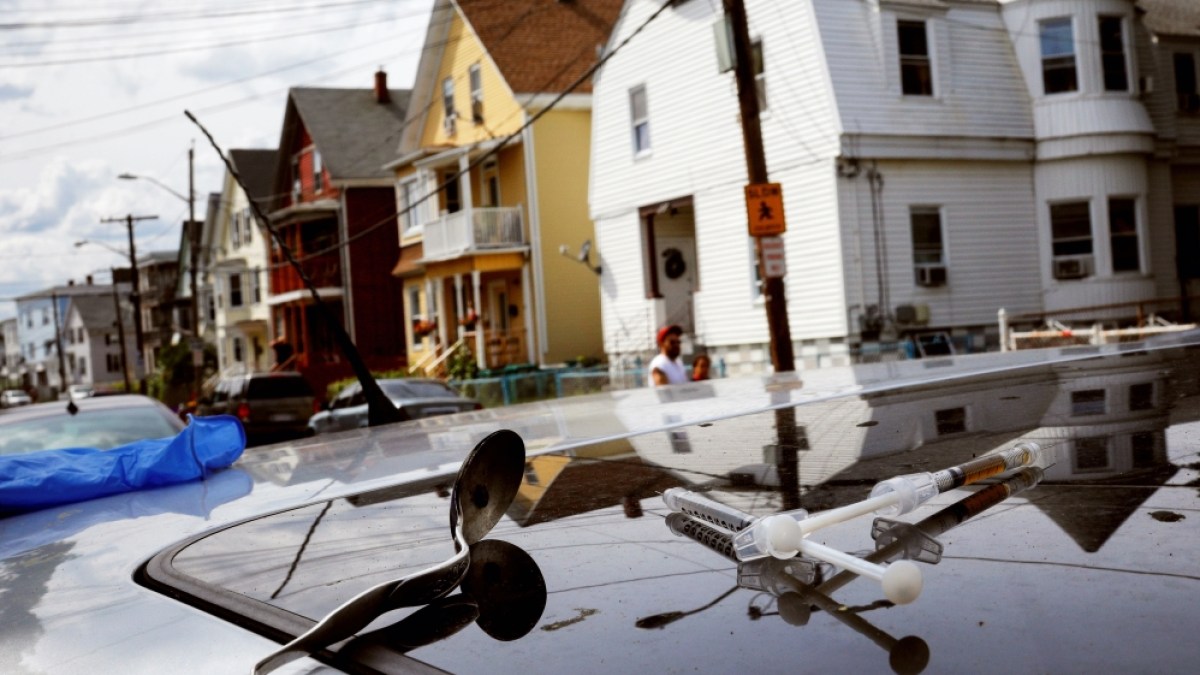
 :
: